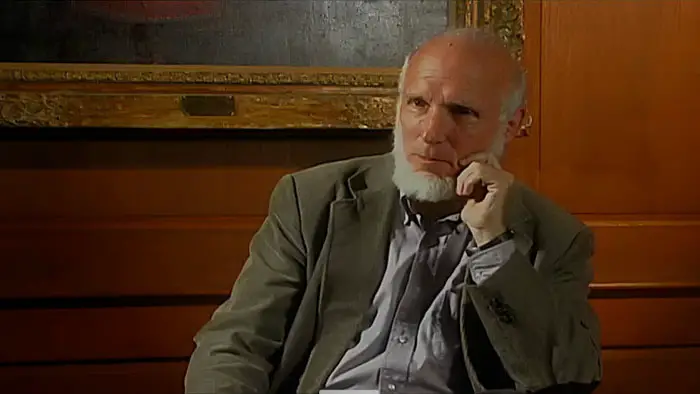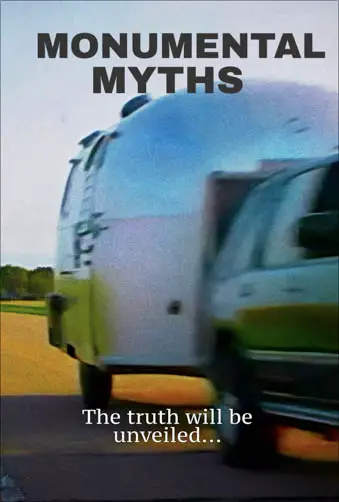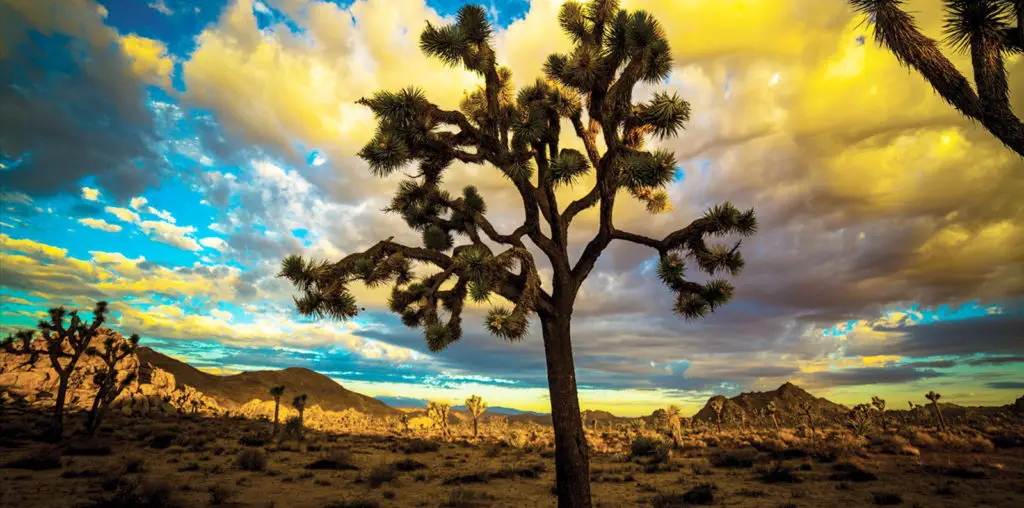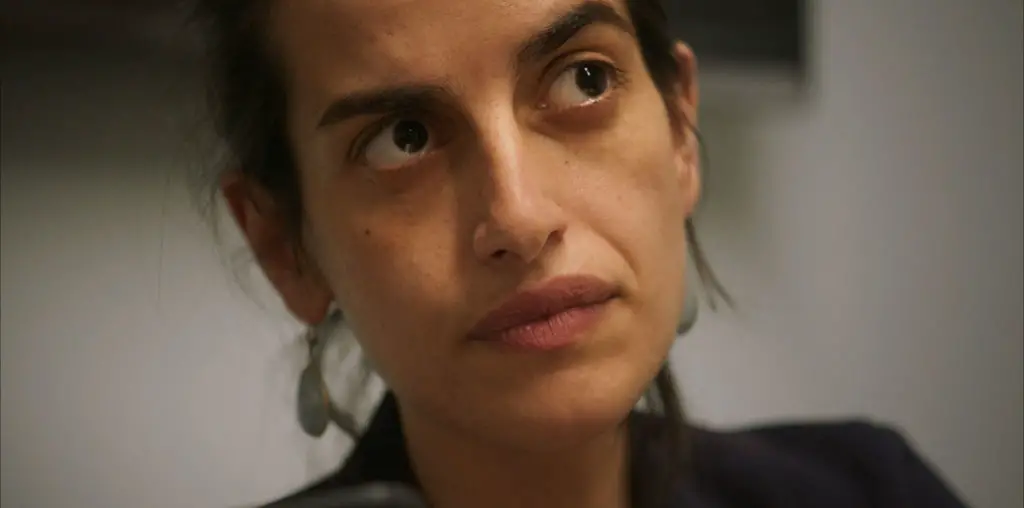
Monumental Myths sees writer-director Tom Trinley load up a camper and hit the open road. His purpose is to go to a number of the most significant historical monuments and sites in the United States and uncover their untold stories. The filmmaker visits the cabin where Abraham Lincoln was born, Fort Pillow, and the granddaddy of them all, Mout Rushmore. A few lesser-known monuments, such as statues of Christopher Columbus or Confederate generals, are visited along the way as well. At each place, Trinley drops the truth about their origins, be it who made the piece, what it represents, or the meaning behind its depiction of this person or people.
Trinley splices in interviews with sociologist James W. Loewen, Secretary of the Smithsonian Lonnie Bunch, historian/playwright Howard Zinn, and Indigenous activist Adam Fortunate Eagle Nordwall. He also talks with park rangers and random citizens, if they agree to be on camera. Do the stories behind the monuments matter to society at large? If so, should monuments be altered or “fixed” in some way to better represent the truth?
Monumental Myths began life in 2001, taking inspiration from Loewen’s book Lies Across America: What Our Historic Sites Get Wrong. The documentary took eight years to be completed, seeing a release in 2009. In the wake of George Floyd’s murder and the ensuing Black Lives Matter movement, the film was re-edited, updated, and re-released. It’s a testament to Trinley’s skills that without combing through each scene, it is not clear which scenes are from the 2009 release versus this new version.

“…go to a number of the most significant historical monuments and sites in the United States and uncover their untold stories.”
The film strongly reflects the societal swing toward greater inclusion and understanding. This is the element that shines the brightest. Trinley and his interview subjects’ passion for deconstructing and properly contextualizing some of the biggest lies or half-truths of U.S. history is never in question. The breadth of what is covered is quite exhaustive as well, allowing audiences to see how wide-ranging the myths the monuments perpetuate are.
From a technical standpoint, Monumental Myths is okay at best. Running 52 minutes long, the film could do a better job introducing Loewen, Bunch, Zinn, and Nordwall. How these men relate to the subject at hand is not always clear, especially for Bunch. The Smithsonian Institute covers a wide range of topics, not just history, so aside from Secretary of the Smithsonian (which is mightily impressive, don’t misunderstand), why is qualified to talk? Zinn’s got a presence that works well enough, though Loewen comes off as dry as toast. This means a number of his moments feel dull. Plus, for a documentary on this subject, it is noticeably odd that only men are interviewed.
Still, Monumental Myths is worth watching. Its theme resonates well after the credits roll. The number of sites visited and the truths uncovered are impressive. This would be the perfect documentary for ninth-graders to see in history class to begin a discussion on such difficult-to-parse topics.
For more information about Monumental Myths, visit the Trinley Pictures site.

"…its theme resonates well after the credits roll."


